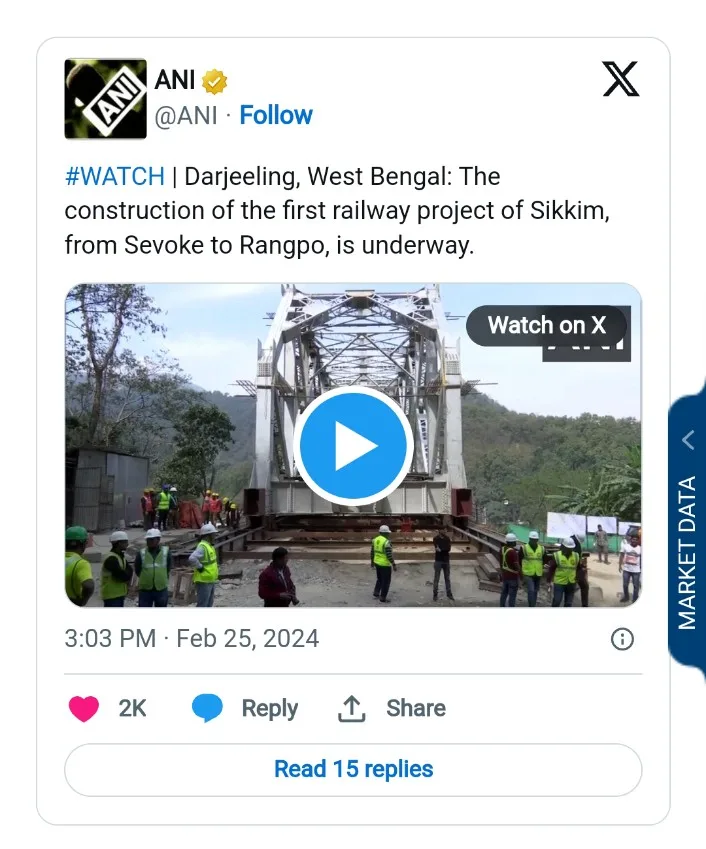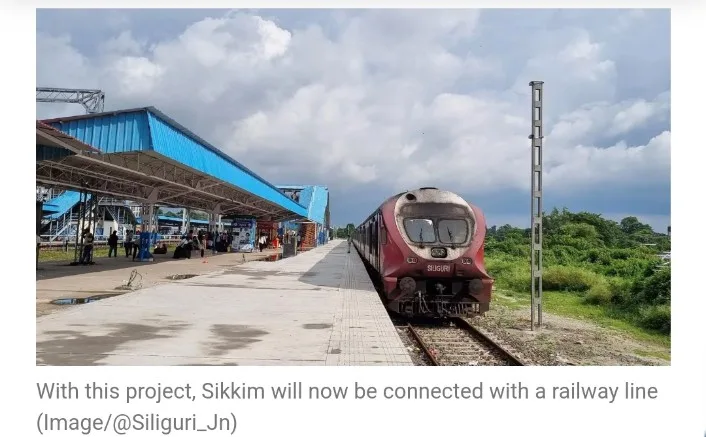In a landmark development, Prime Minister Narendra Modi has initiated the establishment of Sikkim’s inaugural railway station, Rangpo. This significant project marks a pivotal moment in the connectivity landscape of Sikkim, introducing rail transport as the third mode alongside air travel and roads for its residents.
Deputy Railway Manager of Alipurduar, Amarjeet Agrawal, highlighted the strategic importance of Rangpo station, stating, “Rangpo station is crucial from a touristic and defensive perspective for Sikkim and India.” He further explained that the railway project unfolds in three phases: Sevoke to Rangpo, Rangpo to Gangtok, and Gangtok to Nathula.
The Sevoke-Rangpo rail project, covering a distance of 45 kilometers, is a joint endeavor with three and a half kilometers falling within Sikkim and the remaining forty-one and a half kilometers in West Bengal. The completion of this project opens a new chapter in Sikkim’s transportation narrative, long reliant on roadways and air travel.
Despite facing challenges such as floods and landslides, the project, initially slated for completion by 2024, is now expected to conclude in 2025. Mohinder Singh, the project director, outlined the key features of the endeavor, including 14 tunnels, 13 major bridges, and 9 minor bridges. Currently, the project stands at 60 to 65 percent completion, with trackwork set to commence next month.
Prime Minister Narendra Modi’s involvement in this groundbreaking initiative extends beyond Sikkim, as he is scheduled to lay the foundation stone for around 2,000 railway infrastructure projects valued at over Rs 41,000 crores. This includes the redevelopment of 553 railway stations under the Amrit Bharat Station Scheme, spanning 27 states and Union Territories.
The Rangpo railway station project not only enhances connectivity for the people of Sikkim but also contributes to the broader vision of transforming India’s railway infrastructure under the leadership of Prime Minister Modi.







